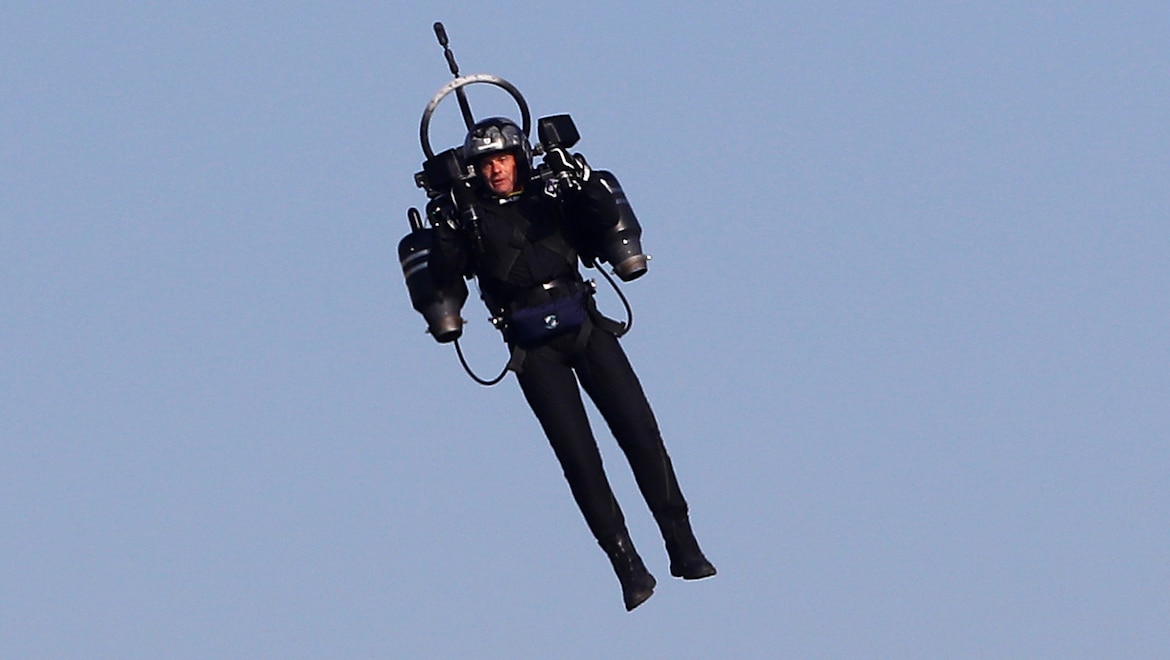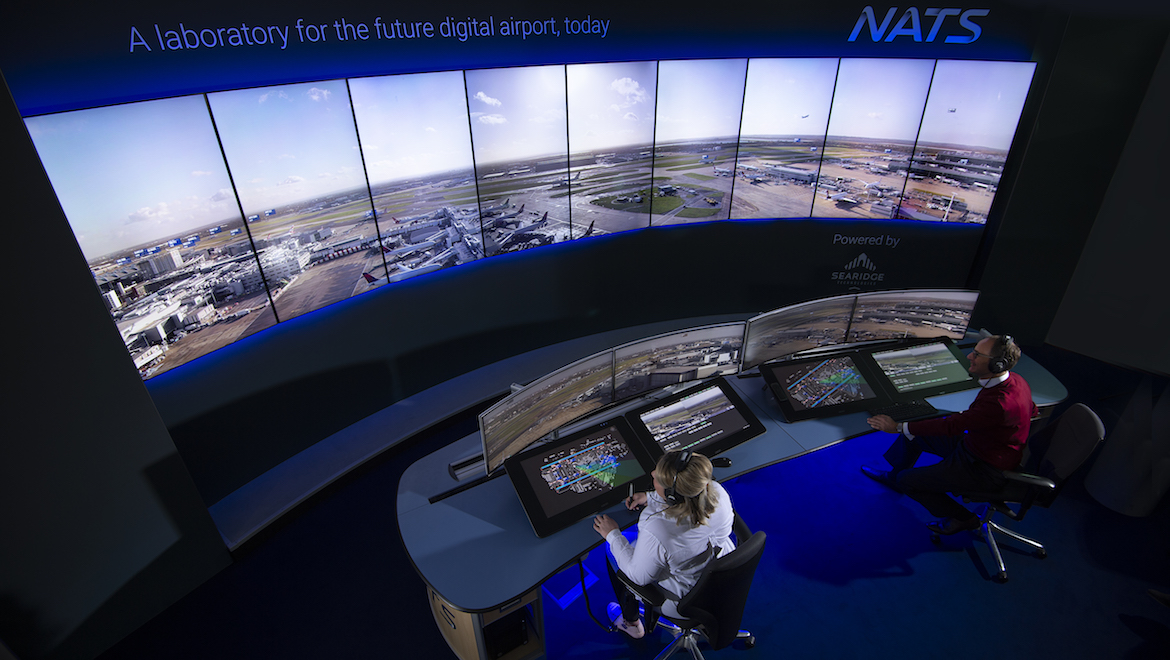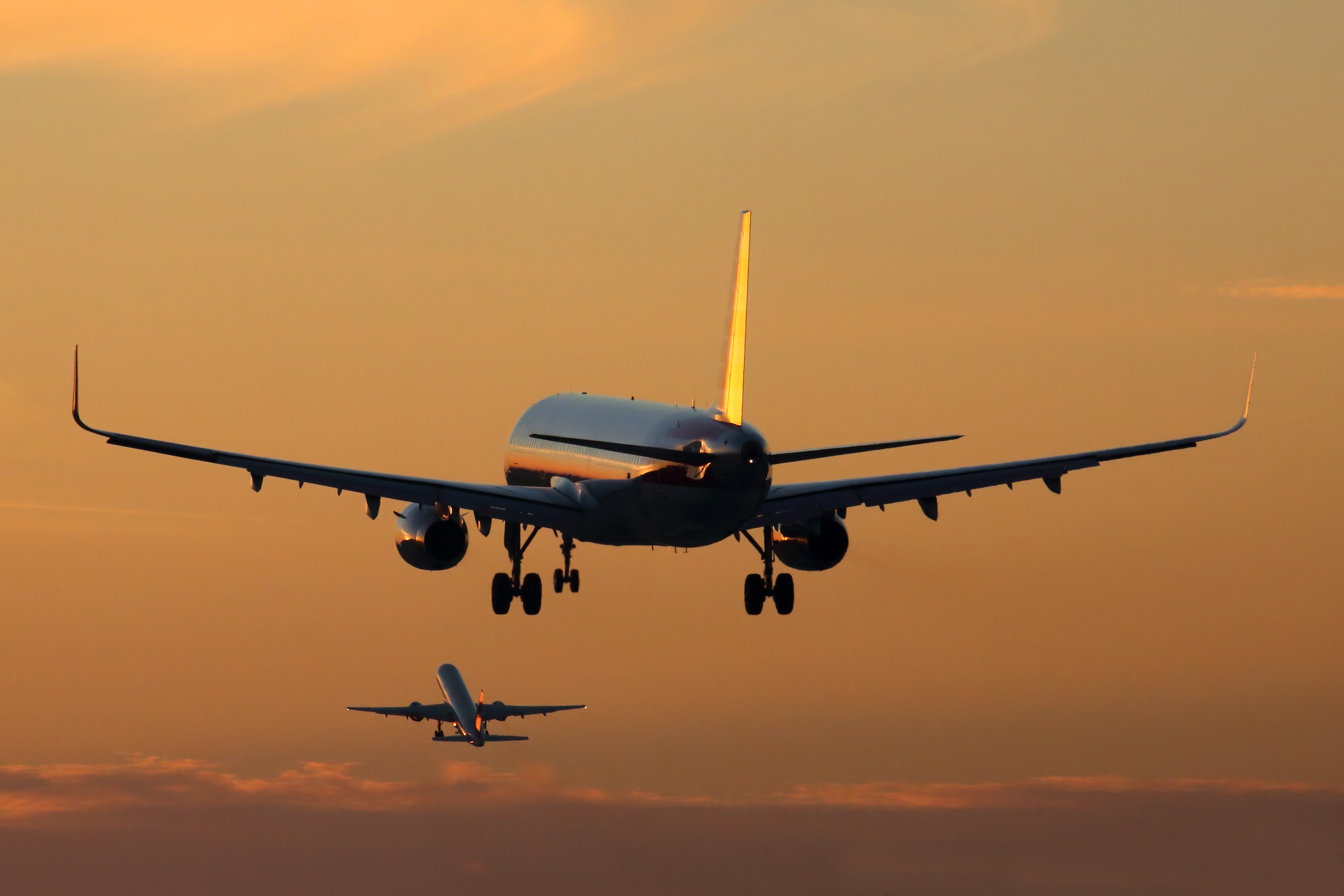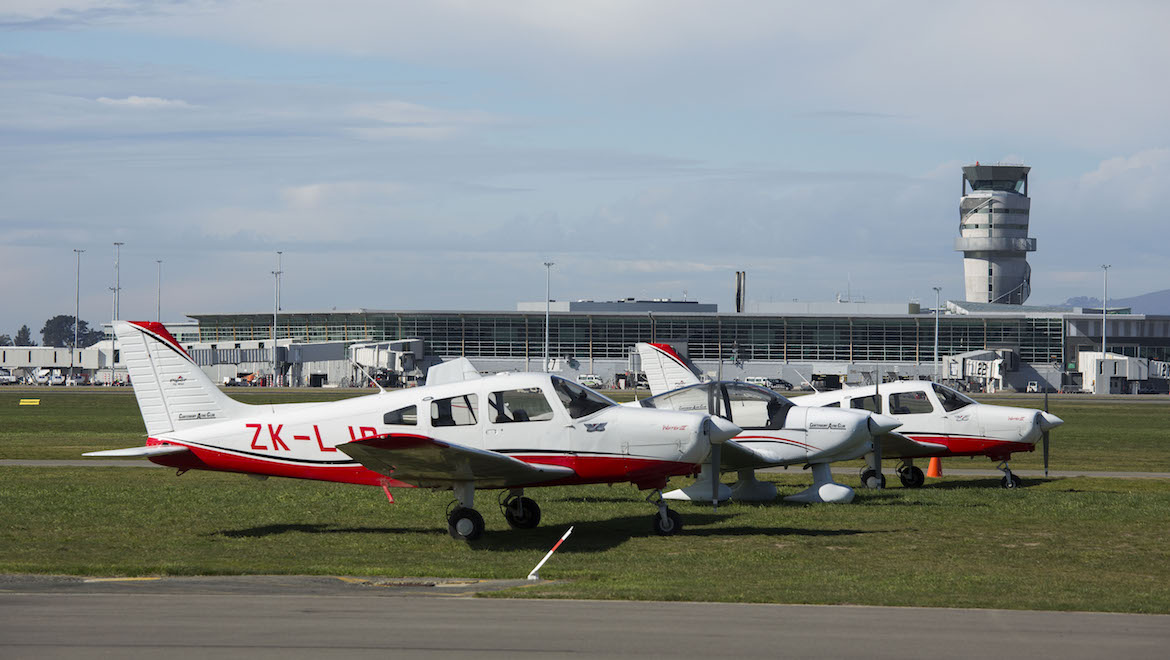
The International Air Transport Association (IATA) has criticised Airways New Zealand for hiking air navigation service charges over the next three years at the same time as they are being cut in Australia.
Airways NZ said in its recent “Pricing for the 2019-2022 period” report it planned to raise charges by 12.7 per cent from July 1, following its consultation with the industry .
Including further increases planned for 2020 and 2021, airlines faced a 21.4 per cent increase in New Zealand air navigation charges over the next three years.
General aviation (GA) customers operating aircraft less than five tonnes will pay an average inflationary price increase of 2.4 per cent per annum, the air navigation service provider (ANSP) said in the report.
The Airways New Zealand report said had initially proposed a revenue increase over the 2019-2022 pricing period of NZ$54.1 million, which would “ensure the continued safety and resilience of the aviation network, while preparing for the aviation network of the future”.
However, following the submissions from interested parties, it reduced he overall revenue increase to NZ$52.3 million.
Further, the cost of capital was reduced to 6.59 per cent, compared with its initial estimate of 6.9 per cent.
IATA regional vice president for the Asia-Pacific Conrad Clifford said he was disappointed with the increases.
“At a time when airlines are facing a deteriorating business environment with rising fuel prices and a substantial weakening of world trade, every cost-saving opportunity matters,” Clifford said in a statement on June 19.
“It is disappointing the considerable airline feedback provided during this pricing consultation process has been ignored, and airlines will see a cost increase in air navigation service (ANS) charges from July.
“Airways New Zealand needs to exercise cost management discipline and conduct a forensic analysis of their cost building blocks. And then with input from stakeholders, including airlines, identify what is critically required, and what can be removed or deferred into future periods.”
Twelve airlines and interested parties, including Air New Zealand, Qantas, Virgin Airlines, Air Chathams, the Board of Airline Representatives of New Zealand and Aviation New Zealand made detailed submissions during pricing consultation earlier in 2019.
Airways said in its consultation document that increased charges and costs would be invested in new equipment and technology and that changes in the operating cost base included inflationary uplifts and collective employment agreements.
It said its capital program was “designed to maintain the resilience of New Zealand’s existing aviation network”.
Costs included digital control towers in Invercargill and Auckland, drone management, a flexible contingent runway (FCR) at Auckland Airport, instrument landing systems (ILS) for Wellington and Dunedin airports and accommodation at Milford Sound.
Air New Zealand and Virgin Australia were among respondents who opposed the ILS replacements at Dunedin and Wellington, claiming the outdated technology would not be value for money as they had been superceded by new systems.
While airlines and aviation organisations said they supported Airways’ investment in detection and management of UAVs (unmanned aerial vehicles) in and around controlled airspace they were concerned that the cost was being borne entirely by commercial airlines. Qantas suggested it be shared with the New Zealand’s Civil Aviation Authority and UAV users themselves.
In March 2018, Air New Zealand said one of its flights had been involved in a near miss with a drone at Auckland Airport.
The FCR was also a bone of contention with the airlines. Virgin Australia questioned both the need for, and demonstrated financial benefit of, a FCR at Auckland Airport. The airline said in its submission that it did not accept that an FCR was required to enable runway maintenance and overlay works on the primary runway program.
Further, it said it was not a common element of airport infrastructure, given the rarity of events that would necessitate its use.
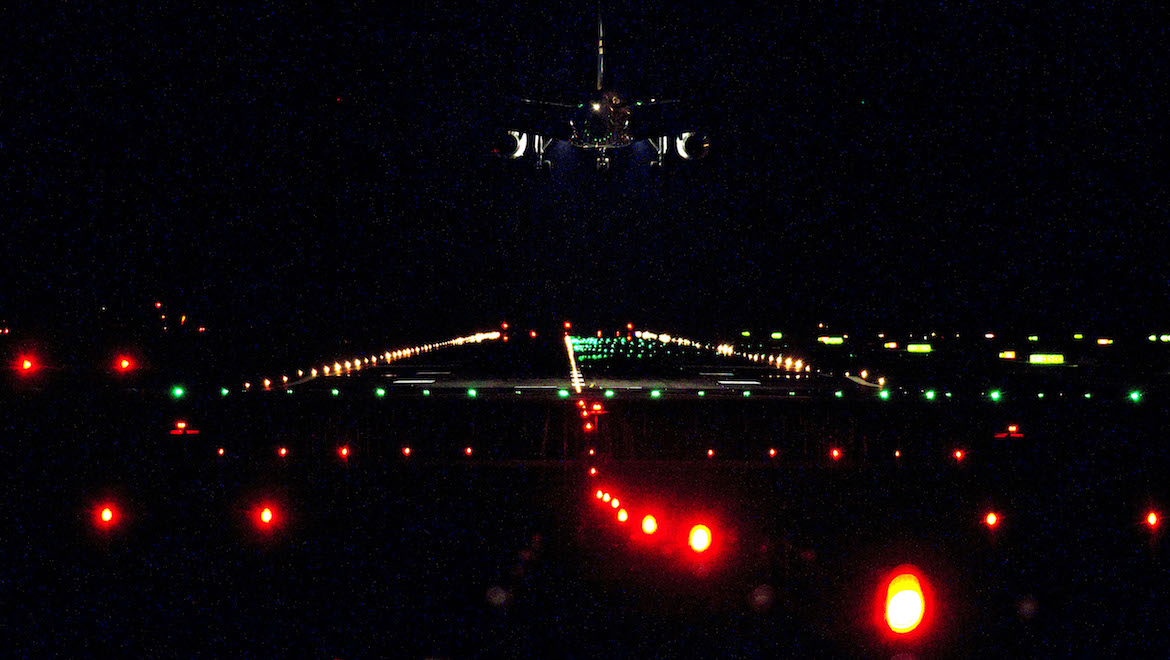
The Board of Airline Representatives of New Zealand (BARNZ), representing 29 airlines that fly to New Zealand said it was disappointed that operating cost growth was exceeding inflation and believed that Airways New Zealand’s cost of capital was not credible.
BARNZ said its airline members were increasingly concerned about the cost of travel to New Zealand and whether it would remain sustainable.
“It is not helped by biosecurity and aviation secruity cost increases from 1 July and Customs costs are expected to increase in 2021,” BARNZ said.
Airways reported net profit of NZ$27.2 million on revenue of NZ$214 million in the 2017/18.
While critical of Airways New Zealand’s price increases, Clifford applauded Airservices Australia’s recent move to cut charges by two per cent from July 1 2019.
“Not only has Airservices Australia frozen the cost of air traffic control services since 2015, they have also been able to identify productivity improvements resulting in cost savings that will now be passed on to their airline customers,” Clifford said.
“Airservices Australia is a positive example of the partnership between airlines and ANSPs.”
The Airways New Zealand “Pricing for the 2019-2022 period” report can be read in full on the ANSP’s website.


